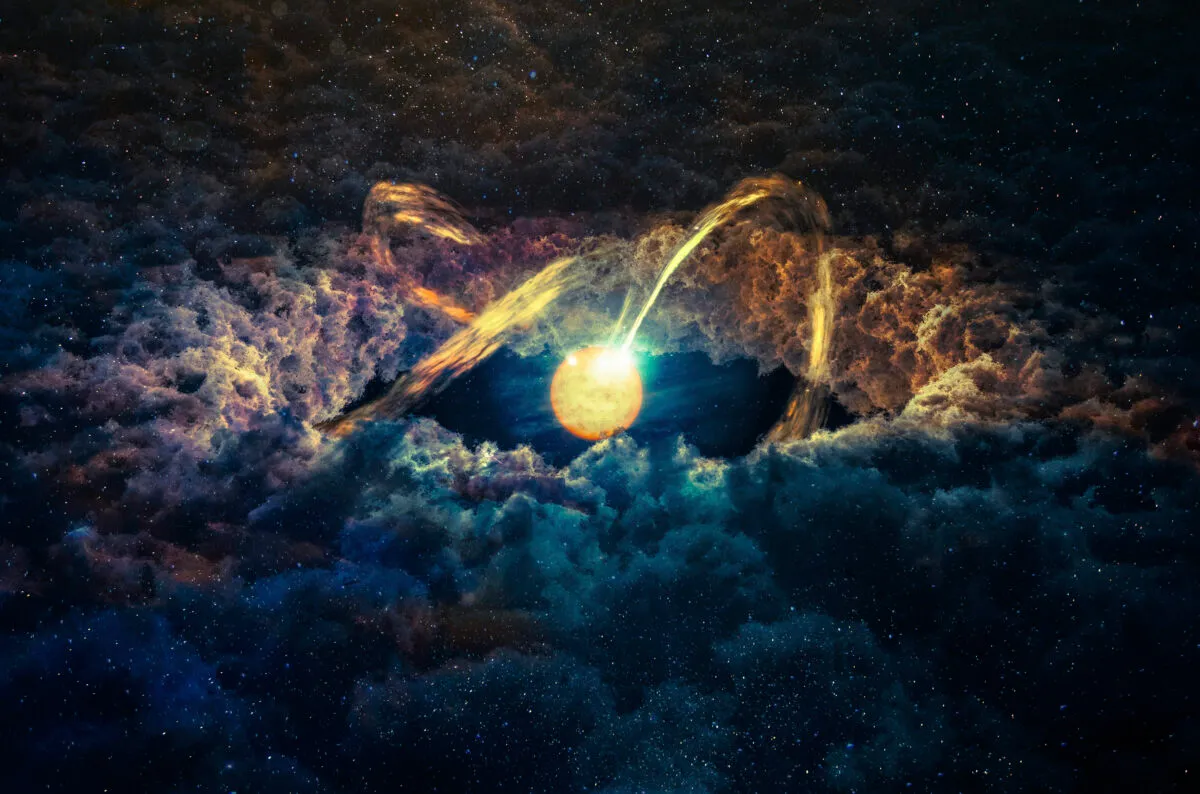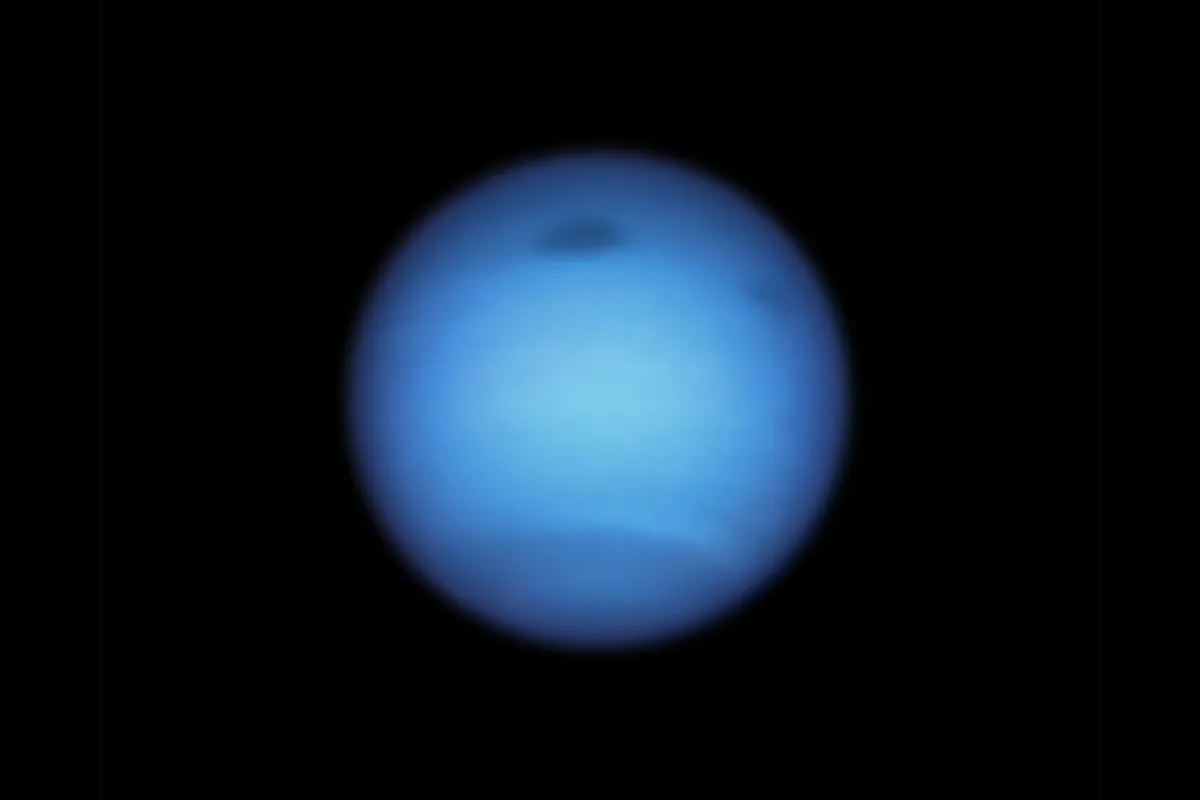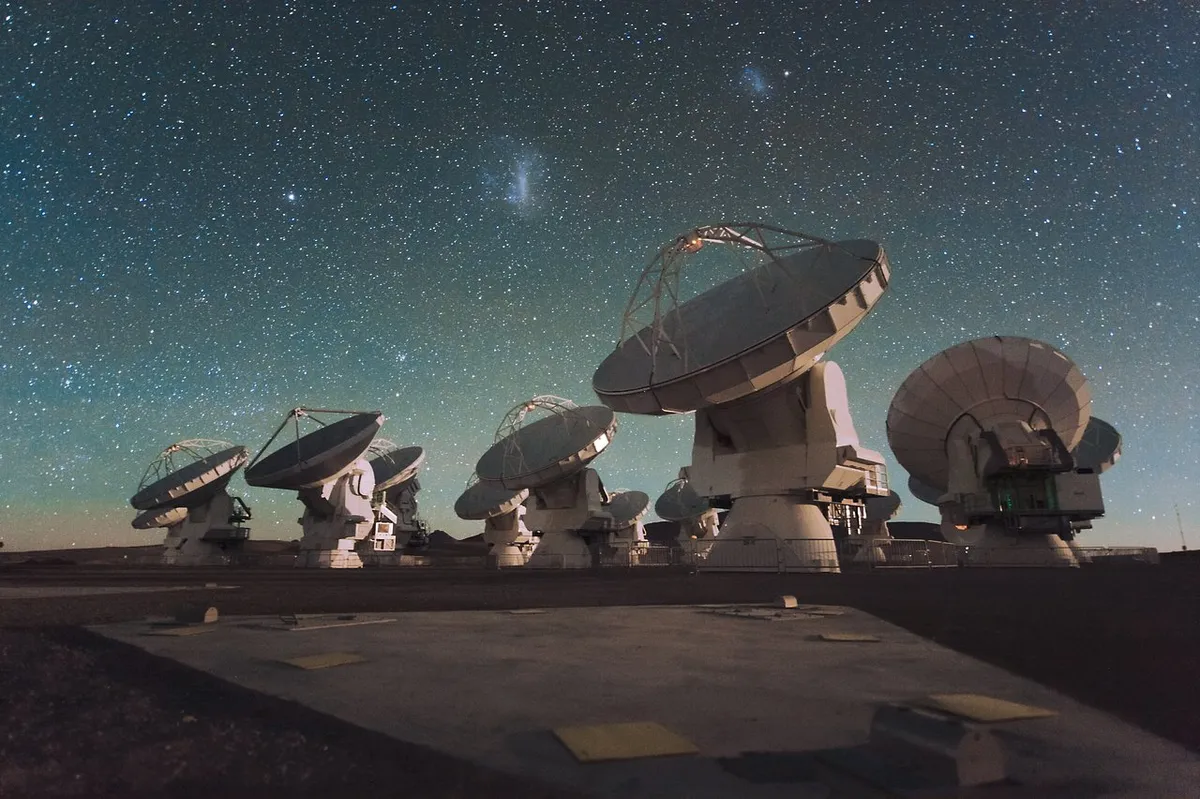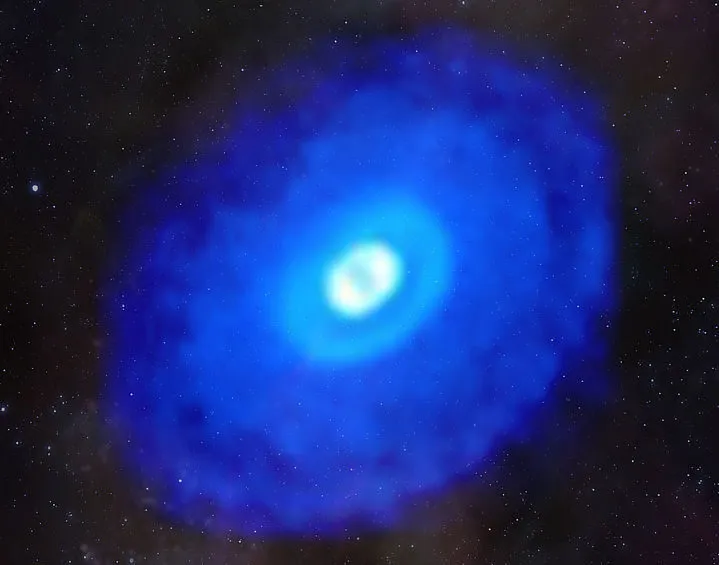As we continue to discover more and more planets orbiting beyond our Solar System (the current total being over 5,000 exoplanets), it's unsurprising that astronomers have discovered a whole range of different planets markedly different from those we see orbiting the Sun.
But why is this? If all planets form in roughly the same way, why do we get so many different shapes, sizes and types of exoplanets?
Protoplanetary discs provide the raw materials that planets are assembled from.
Within this swirling skirt of dust and gas surrounding a newly forming star, grains collide and coalesce together to create pebbles, which themselves amalgamate into large boulders, then planetesimals, and finally fully grown planets.
The exact composition of the local protoplanetary neighbourhood therefore determines the composition of each planet and is ultimately why, for example, Earth turned out so different from Mars or Neptune.
- Interview: How do planets form?

The problem for scientists trying to understand the factors affecting the final outcome of planetary systems is just how much variation there might be in the chemical composition.
Not only between different protoplanetary discs, but also within the same disc as you move outwards from the central star.
However, a huge jump was made in how to understand these questions via a partnership of astronomers using ALMA (the Atacama Large Millimeter/submillimeter Array) to scrutinise systems in the process of forming planets.

ALMA offers high resolution radio observations of the distribution of molecules in protoplanetary discs.
The results of this ambitious programme are being published as a whole series of 20 separate papers in a special edition of The Astrophysical Journal.
One study was led by Charles Law, a PhD student at the Harvard and Smithsonian Center for Astrophysics.
Law’s team created high-resolution maps of the distribution of 18 different compounds within the protoplanetary discs of five newly forming stars.
These compounds included carbon-rich compounds such as hydrocarbons like c-C3H2, oxygen-rich species like carbon monoxide CO, and molecules containing nitrogen, such as nitriles like HC3N – some of which are thought to be important in the origins of life.
The raw data, collected by ALMA from 2018 to 2019, required a 100 terrabyte hard drive to store it all.

Law then began the task of processing and analysing all this interferometer data to generate the separate maps of each different compound.
Law’s team discovered that the chemicals within the discs are not stirred uniformly throughout – there is a variation in the concentrations of different compounds.
His molecular maps showed a diversity of distribution patterns: some compounds were present throughout the disc except for a clear gap, while others existed in concentric rings around the star, and others still were present close to the star but dropped off further out.

Such structures within the disc could be due to differences in the dust particles within the disc, or compounds freezing onto the surface of dust grains, or being created or destroyed by ultraviolet radiation from the star.
What these maps make abundantly clear is that different planets form in molecular soups with varying ingredients, depending on their location within the disc.
This has huge implications for what sorts of planets will form at what distance from their star, and what their composition will be – all factors that will have a profound impact on our ideas of what a planetary system ‘should’ look like, and how habitable to life they might be.
Lewis Dartnell was reading Molecules with ALMA at Planet-forming Scales (MAPS) III: Characteristics of Radial Chemical Substructures by Charles J Law. Read it online at arxiv.org.

